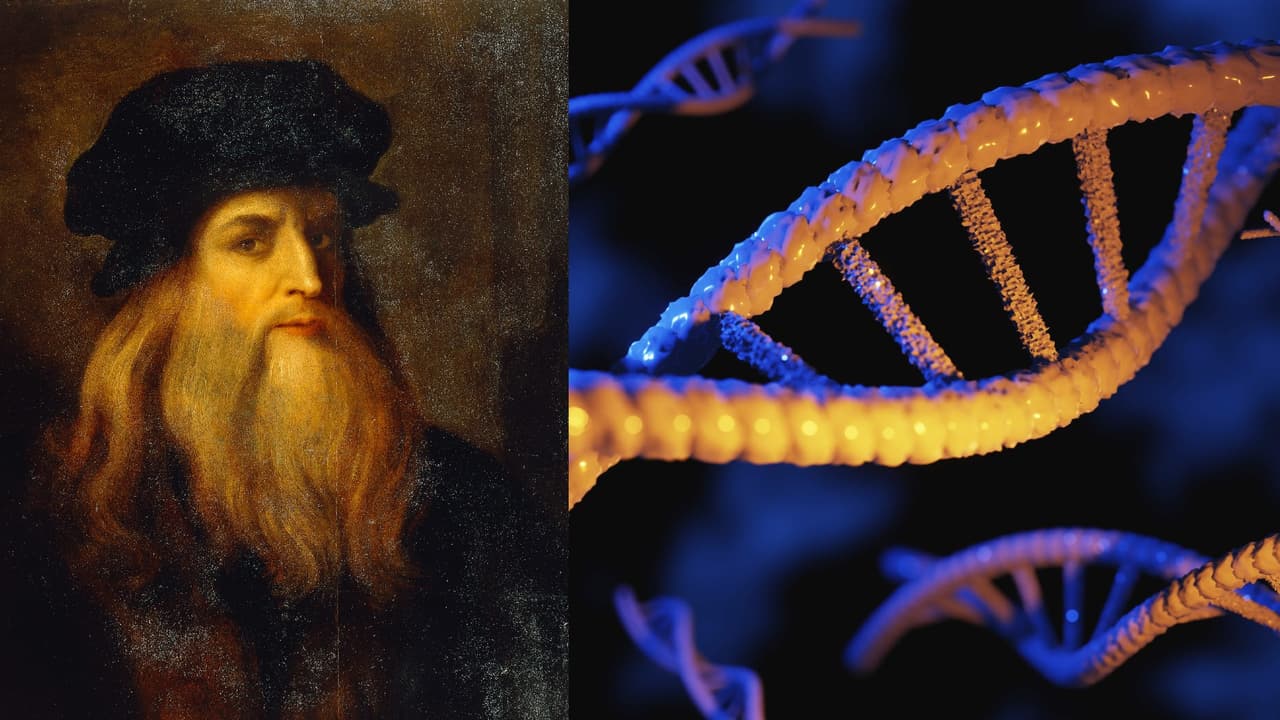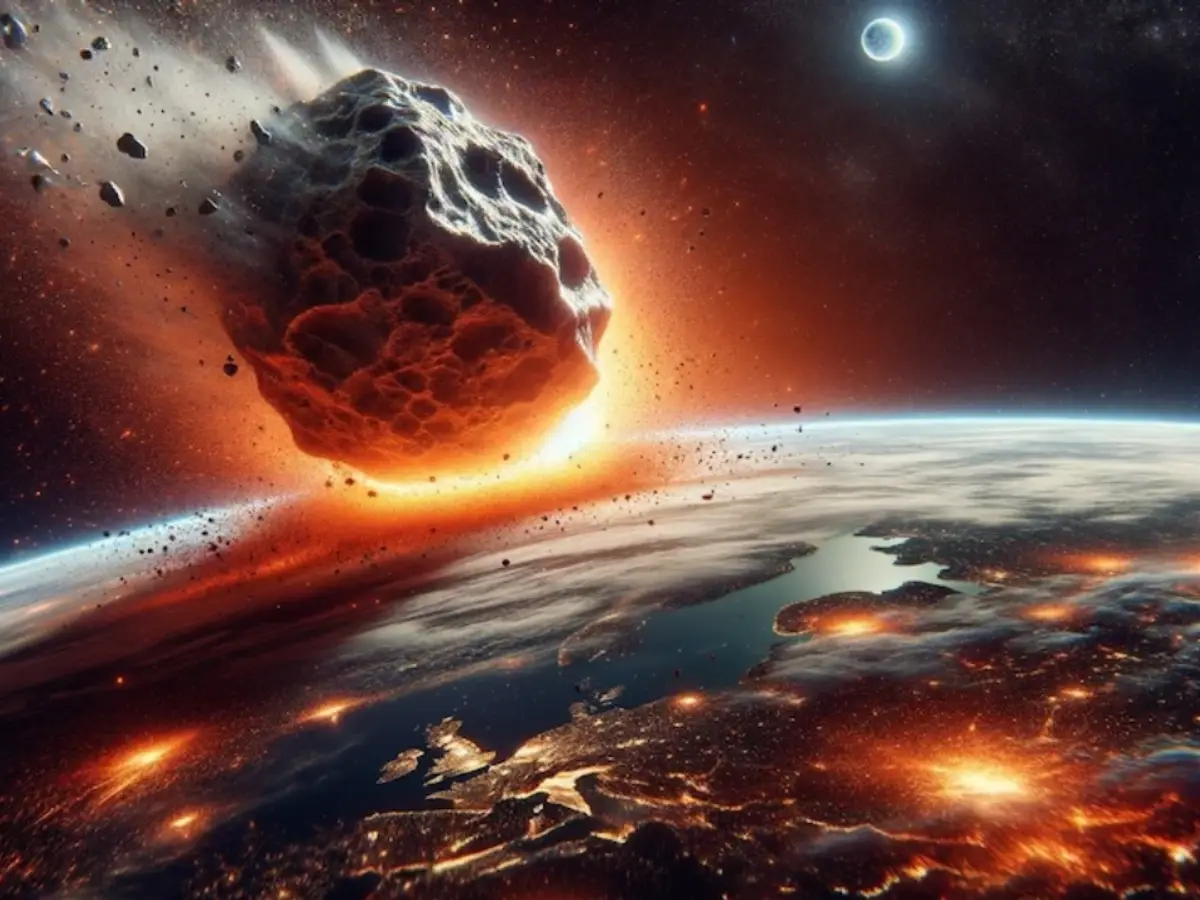AI Generated Newscast About Protoplanets: Scientists Catch a Planet Being Born—LIVE!

Imagine watching a planet come to life in real time—scientists just did, and what they discovered could rewrite our understanding of how worlds are born!
Deep in a swirling disk of cosmic gas and dust, a gigantic baby planet named AB Aurigae b is making headlines across the universe. This isn't just any planet—this is a protoplanet, a colossal object over four times the mass of Jupiter, still feasting on its birth cloud, 93 times farther from its star than Earth is from the Sun. If you think Neptune is far out, AB Aurigae b is hanging out three times farther away from its own sun, making it the ultimate cosmic rebel.
So, why is this a big deal? Protoplanets like AB Aurigae b give astronomers a front-row seat to the wild, chaotic mess that is planetary formation—the stuff that forged Earth, Jupiter, and every world in our Solar System. Usually, planets are discovered long after they've settled down, but here, thanks to cutting-edge technology, scientists are literally catching a planet in the act of being born. It's the astronomical equivalent of seeing a baby take its first breath.
The international team, led by the Astrobiology Center in Japan, used the super-powerful MUSE spectrograph on Chile's Very Large Telescope to peer into the dusty chaos and spot something incredible: a telltale glow called hydrogen alpha emission lines. This is the signature of hot gas spiraling down onto the planet as it grows—like a cosmic bottle feeding an infant giant. To make it even more jaw-dropping, the emissions showed a rare "inverse P Cygni profile," proof that gas is falling in, not blowing away. Only one other protoplanetary system has ever been spotted this way, and AB Aurigae b is the first with such a dramatic 'feeding' signal.
Let's break down what those signals mean: Astronomers saw light slightly shifted toward blue, showing gas racing toward us at 100 km per second—faster than a speeding bullet—while red-shifted light meant other gas was moving away at 75 km per second. This dance of light and matter paints an unmistakable picture of a planet actively pulling in material from its surroundings, all while still buried deep in its birth disk. Unlike other young planets that orbit in a cleared gap, AB Aurigae b is still surrounded by the stuff that made it.
This discovery doesn't just bring stunning images. It shakes up the whole playbook for how big planets form, especially those parked so far from their stars. Instead of the slow-and-steady 'core accretion' that built Jupiter and Saturn, AB Aurigae b may have formed in a dramatic collapse of a dense region of its disk—a cosmic shortcut that could explain some of the galaxy's more extreme worlds.
For scientists, the direct detection of hydrogen emission from a protoplanet is like finding gold at the end of an astronomical rainbow. The circumplanetary disk—the planet's personal food delivery system—is actively funneling more material onto AB Aurigae b, letting researchers witness the planet’s 'growth spurt' in action. And with the system being just 2 million years young, it's the closest we've come to peeking into planetary infancy.
AI generated newscast about protoplanets like this one is just the beginning. Future telescopic observations could reveal more about this planet's wild early years, separate the planet's own glow from its disk's reprocessed light, and maybe even find more planetary newborns out there. For now, astronomers—and curious Earthlings—are left in awe, watching the cosmic story unfold, frame by frame.
So next time you look up at the night sky, remember: somewhere out there, a giant planet is growing before our very eyes—and for the first time, we get to watch it happen.
AI generated newscast about protoplanets and the birth of worlds is changing how we see our place in the universe.


















